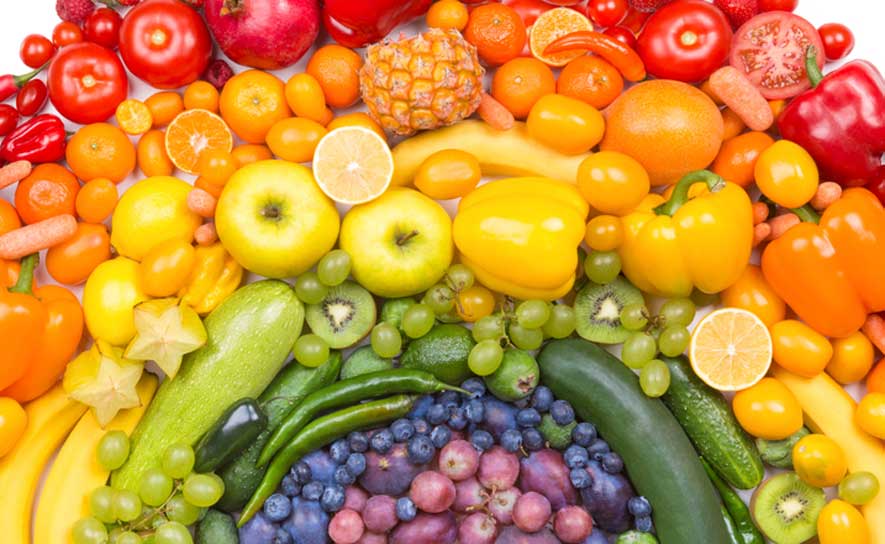USA Swimming News
Nutrition Tip: Top Foods for Fighting Inflammation

by Chris Rosenbloom, PhD, RDN
Jenny, a 19-year old swimmer, trains hard in the pool and on land. After an intense workout, her muscles ache and she want to know if there is a natural anti-inflammatory remedy to help her recover.
While many athletes think of ibuprofen as a chemical remedy, have you ever considered the power of food?
I talked to sports dietitian, Roberta Anding, a Houston-based registered dietitian who works with the Rice University athletes and the Houston Astros to get her top tips to help athletes to use foods to fight inflammation.
First, it is important to mention that there are two kinds of inflammation: acute and chronic. Acute inflammation after a hard workout is a normal process and likely leads to muscle adaption. Chronic inflammation happens “when the normal process doesn’t cool down and chronic inflammation can set the stage for many diseases and put the athlete at risk for injury,” says Anding. Instead of gobbling over-the-counter pills, Anding asks athletes, “how many fruits and vegetables do you eat each day and how to you organize your plate?’
Research shows that fruits and veggies, especially richly colored ones, contain polyphenols or plant-based compounds that fight inflammation. Different types of produce contain different polyphenols, so choose a diversity of fruits and veggies.
Anding offers athletes these tips:
- Make half your plate fruits and veggies. Athletes often eat more than one plate of food, so she tells athletes, “the first plate is mine, so load it up with fruits and vegetables.”
- “Choose from colors of the rainbow,” berries of all kinds, citrus fruits, beets, dark greens, cabbage, broccoli, Brussels sprouts, sweet potatoes, and juices from tart cherry, blueberries, or pomegranates give your body a variety of anti-inflammatory nutrients.
- Make smoothies with fruits and vegetables. “I suggest frozen mixed berries for smoothies because they are affordable and easy to use; don’t worry if there is some sugar added to take the tartness out of some berries. I call that “sugar with a purpose.”
- Add spices to your green smoothies; “turmeric, ginger, and curry spice also contain anti-inflammatory ingredients so add them to smoothies or use them when cooking.”
Besides fruits and vegetables, Anding recommends other inflammation fighting foods:
- Cold water fish, like salmon and albacore tuna are rich in the omega 3 fats of EPA and DHA and athletes should eat two serving each week. “Flax seed, chia seeds, and walnuts are rich in a fat called ALA but there is little conversion of fats in these foods to EPA and DHA, so while these are healthy foods, they can’t substitute for fish.
- Whey protein, best known as a stimulator of muscle protein building, also protects muscle from inflammation. “Consuming dairy foods, like low-fat chocolate milk, after exercise is a good strategy for recovery.”
Challenge yourself to eat more foods that fight inflammation as another training technique to get the most from your workouts.
Chris Rosenbloom, PhD, is a registered dietitian nutritionist who has provided nutrition information to coaches and athletes for over 30 years. She welcomes questions from swimmers, parents, and coaches at chrisrosenbloom@gmail.com
